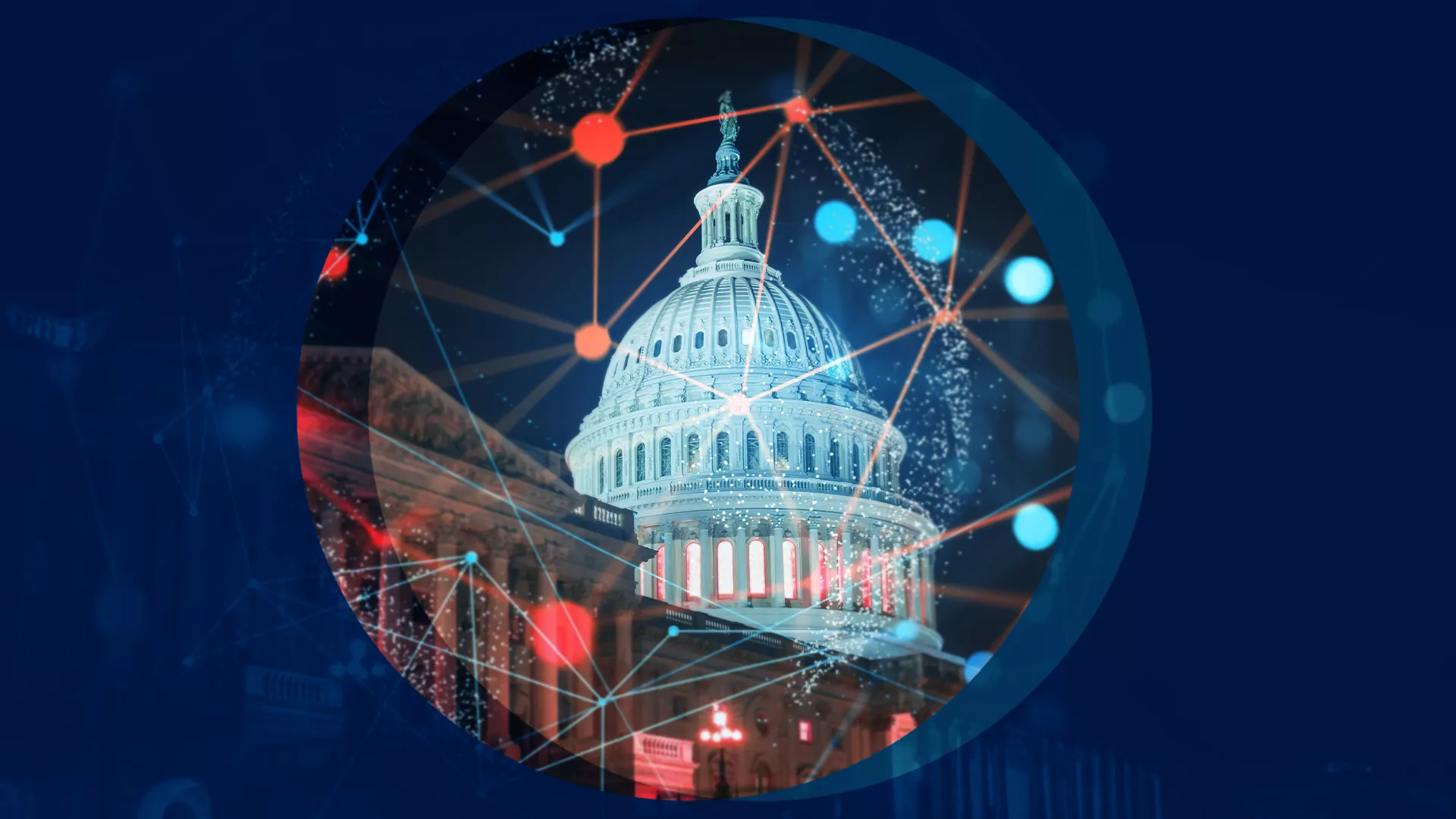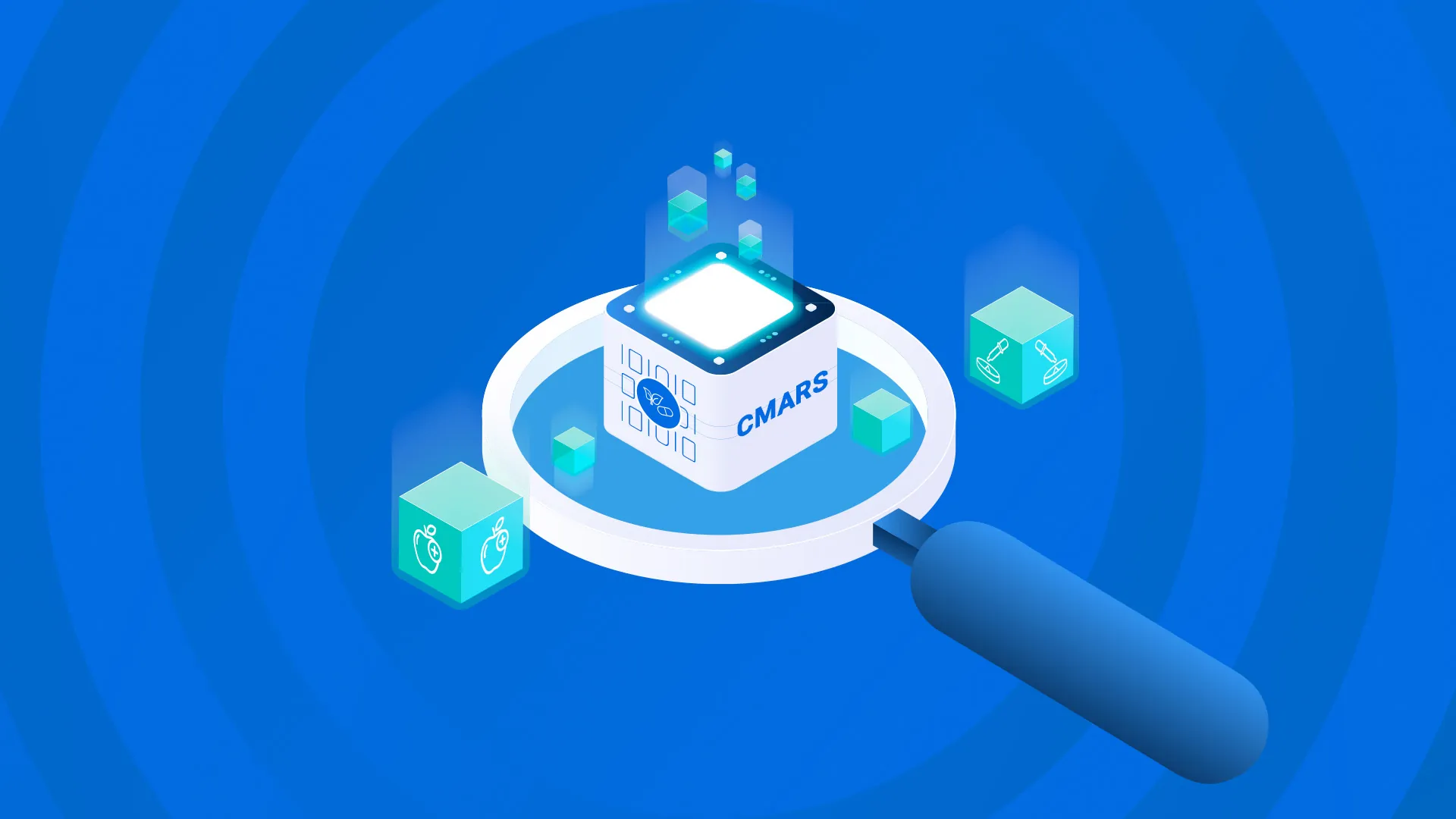Plus Several That Aren’t Likely to be Implemented Soon and Three Apparent Trends That Will Face Big Stumbling Blocks
By Shyam Salona and Jeff Myers
Government agencies and technologists are focused intensely on getting their work done (and mostly doing a good job of it). Our responsibility as a reliable, effective and innovative IT partner to many government agencies is that we can step back and look toward the future, helping our customers prepare for it. Thus, we want to note the topics we think will present the biggest opportunities for government IT – along with a few threats. In each instance, we describe the opportunity, how it could work, and what its impact could be. Every two weeks for a period of ten weeks, we will address a group of topics under this theme. In summary, the topics addressed will include:
The first blog in this series will address Near Term Opportunities that organizations can start immediately:
- Bring Agile to organizational management
- Draw on private sector talent to reduce government’s HR/skill gap
- Choose data storytellers vs. data wranglers
- Anticipate and get ready for rogue actors
- Use better software development practices
The second blog in this series will address Near Term Opportunities that deserve attention soon:
- Change attitudes toward cybersecurity to implement zero trust
- Internet of things (IOT)
- Adoption of Low-Code/No-Code platforms for business system orchestration
- Shared Service Marketplace
The third blog in this series will address Mid-Range opportunities suitable to be a focus in the 2-5 year range:
- Implement artificial intelligence (AI) and machine learning (ML) broadly
- Initial non-critical workloads deployed on blockchain technology
- Compute “at the edge” by processing data as close as possible to the point of its origination
- Plan intentionally to improve customer-experience
- Make IT efficient across its lifecycle
- Make technology green/sustainable, and lower its cost
- Improve upon and evolve zero-trust strategies
- AI Services, such as ChatGPT, to support performance of government agency functions
The fourth blog in this series will address Long-Term Possibilities that could and should be a focus in the 3-10 year horizon:
- Non-fungible tokens (NFTs)
- Quantum computing
The fifth blog in this series discusses topics such as taking the easy path/complacency and topics that others feel should be addressed soon, but which we believe perhaps should not be addressed – – i.e., those for which we hold a contrarian perspective:
- The Risks of Complacency: Agencies face a risk if they do too little, similar to the Southwest Airlines flight cancellation debacle after it did little to upgrade its IT applications and infrastructure for over a decade.
- Contrarian perspective: The X-as-a-Service model will plateau or trail off – because it’s not cheaper, it can’t easily be customized to meet federal program requirements, zero trust strategies make it challenging, many of its benefits can be had by using better software development practices, and because of vendor lock-in.
NEAR TERM OPPORTUNITIES FOR GOVERNMENT:
These are the most deserving of effort and the most likely to see results soon. They include:
- Bring Agile to Organizational Management – bringing agility from software development to management of the entire organization – the flexibility to support evolving needs, new customers, and better processes. The core of Agile includes:
- Focusing on customer needs
- Breaking problems and actions into bite-sized pieces, and tackling a few of those pieces in brief sprints (e.g., 2-4 weeks) so everyone can evaluate progress and direction
- Collaborating with customers/users to invite feedback, spark ideas for improvement,
- Making adjustments along the way; not presenting the results of a long effort as a fait accompli only after it’s finished
The impact of Agile Management will be more consistently successful change, higher customer satisfaction, less costly re-work, and better organizational performance.
- Draw on Private Sector Talent to Reduce Government’s HR/Skill Gap – government has a rare window during which more technologists are available following private sector layoffs. Government can acquire IT talent, if it:
- Is careful to select people with the right skills and attitude
- Emphasizes the advantages of a career in government – a public sector mission purpose, a stable employer, and likely better work-life balance
- Plans intentionally for its needs (future demand for skills and numbers of staff), and for the proportion of its workforce that should be employed versus provided by contractors
The impact of the Reduced HR/Skill Gap could be that agencies resolve more of their technical debt, and are better prepared for future IT challenges despite potential retirements.
- Choose Data Story-Tellers vs. Data Wranglers – government can save money and improve the impact with data – by making more conscious choices about what use cases it has for data, and letting those use cases drive which data it uses. Data storytellers allow government to:
- Spend less time and effort gathering, cleaning, storing, and manipulating data that does not get used
- Extract more benefit from its data, by identifying uses and customers for data, prioritizing the highest value use cases, and declining to clean or manipulate data where that effort does not create additional benefit
- Understand and act on data, because a larger portion of the people who manage the data can tell a story regarding what the data means, and what actions should be taken
The impact of Choosing Data Story Tellers vs. Data Wranglers could be that agencies reduce their burden of data gathering, their cost and risks of data storage and manipulation, and improve their business results from using data to make the best choices for their programs.
- Anticipate and Get Ready for Rogue Actors – Russian hackers and ransomware extortionists pose an increasing threat. Envisioning specific threats such as these can also help agencies prepare for a wider range of unanticipated risks. Anticipating and getting ready includes:
- Identify diverse actors who may find opportunity and motivation to compromise an agency’s data / IT systems to embarrass the agency, coerce action or seek financial gain
- Determine paths of potential action to compromise data, IT systems, and people
- Plan and act to eliminate those paths, and/or minimize the impact by rogue actors
The impact of Anticipating and Getting Ready for Rogue Actors could be that agencies better manage risk, reduce costs of hacking, and increase public and employee confidence in their ability to achieve their mission.
- Use Better Software Development Practices – Good software development takes some effort, and doesn’t happen without knowledge, the right tools, and an understanding of benefits/consequences. An increasing number of agencies will begin following (or require their contractors to follow) practices that are akin to good hygiene, including, for example:
- Microservices, which separate the functions supported by software into small, discrete pieces – allowing them to be updated/replaced individually, significantly expanding the lifespan of a large, complex application, and thus reducing lifecycle IT costs
- DevOps, which speeds implementation of new software/components, making it faster, easier and less costly to try a new feature, discard and replace features that don’t work, and thus implement innovations, improvements and even simple bug fixes
- Agile, which calls for closer collaboration between software developers, business managers, and end users of software – creating opportunities for feedback that help ensure software will work better for its desired purpose, allowing an easier exchange of ideas, and allowing IT to adapt more quickly to an evolving need or context
The impact of Better Software Development Practices could be that agencies reduce their lifecycle IT costs, and obtain a higher and more certain return on their IT investments.
About the authors:
- Shyam Salona is CEO of REI Systems, one of the Top 25 Government IT Vendors, and a leader in App Modernization, Data & Analytics, Custom Case Management Solutions, Grants Management and Advisory Services.
- Jeff Myers is a Senior Director at REI Systems who has more than 30 years of experience helping to improve the government’s efficiency and effectiveness in achieving public sector missions.
If you would like to engage with Mr. Salona, Mr. Myers, or other experts at REI Systems, please contact info@reisystems.com




